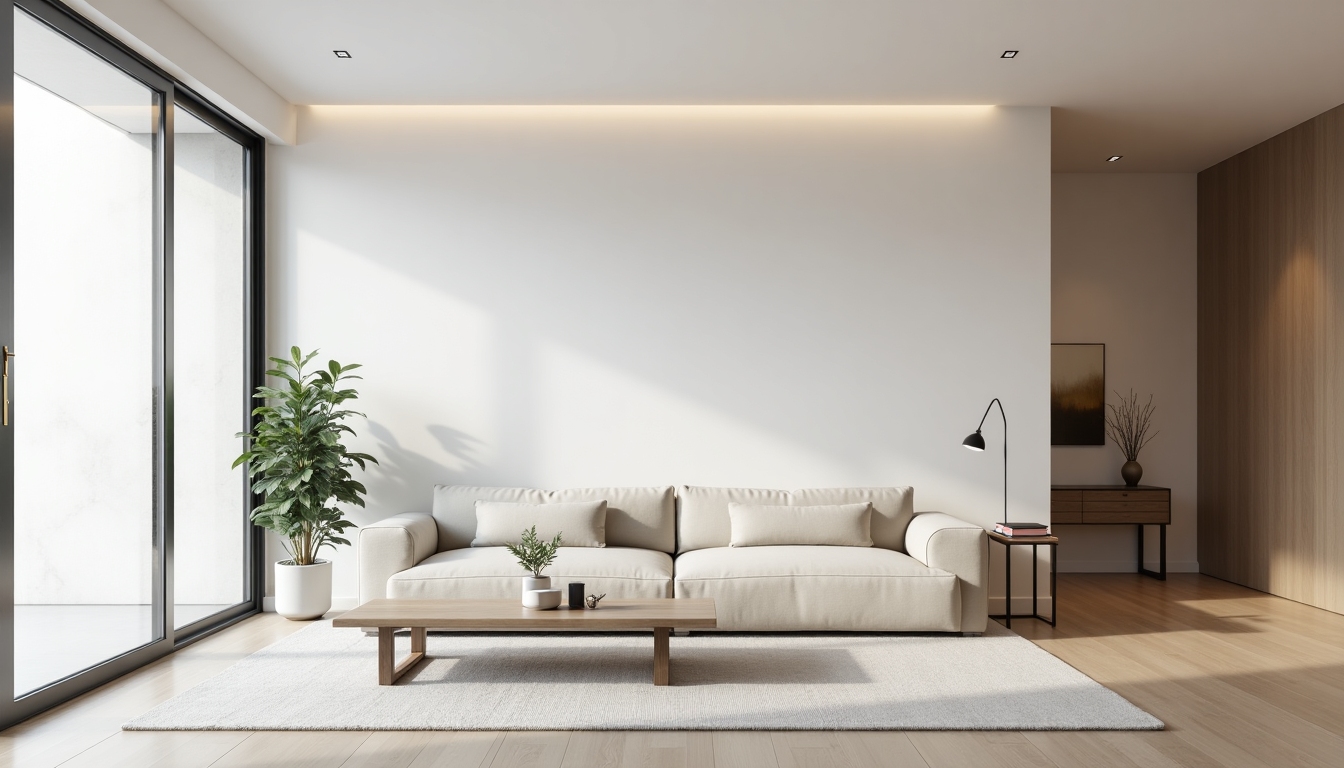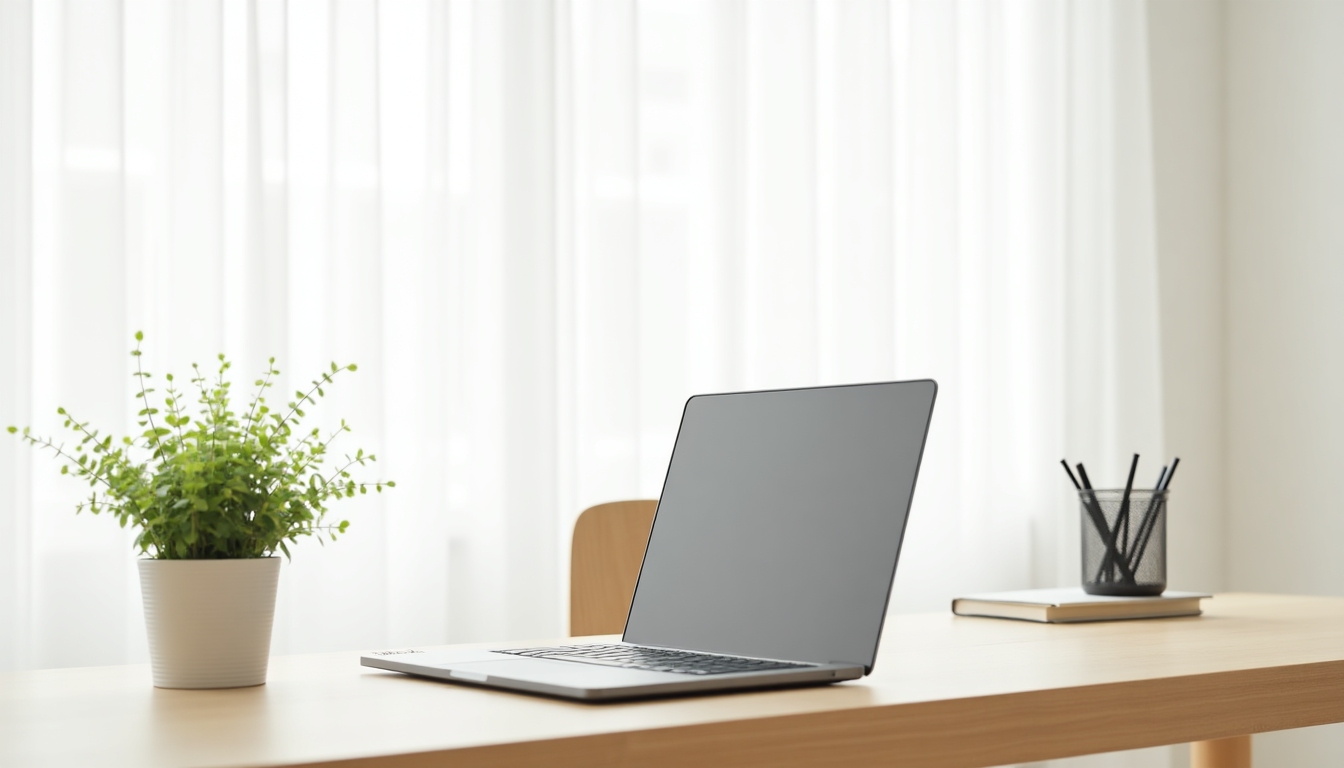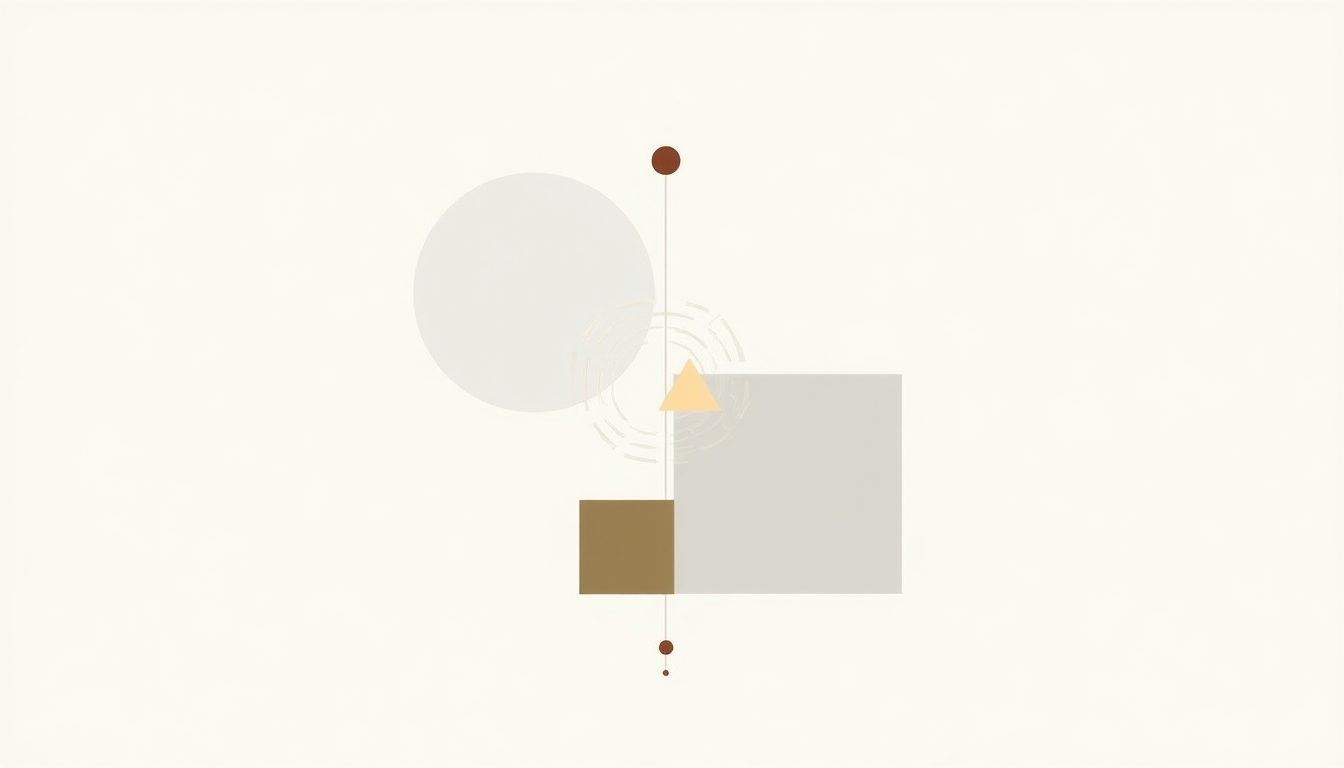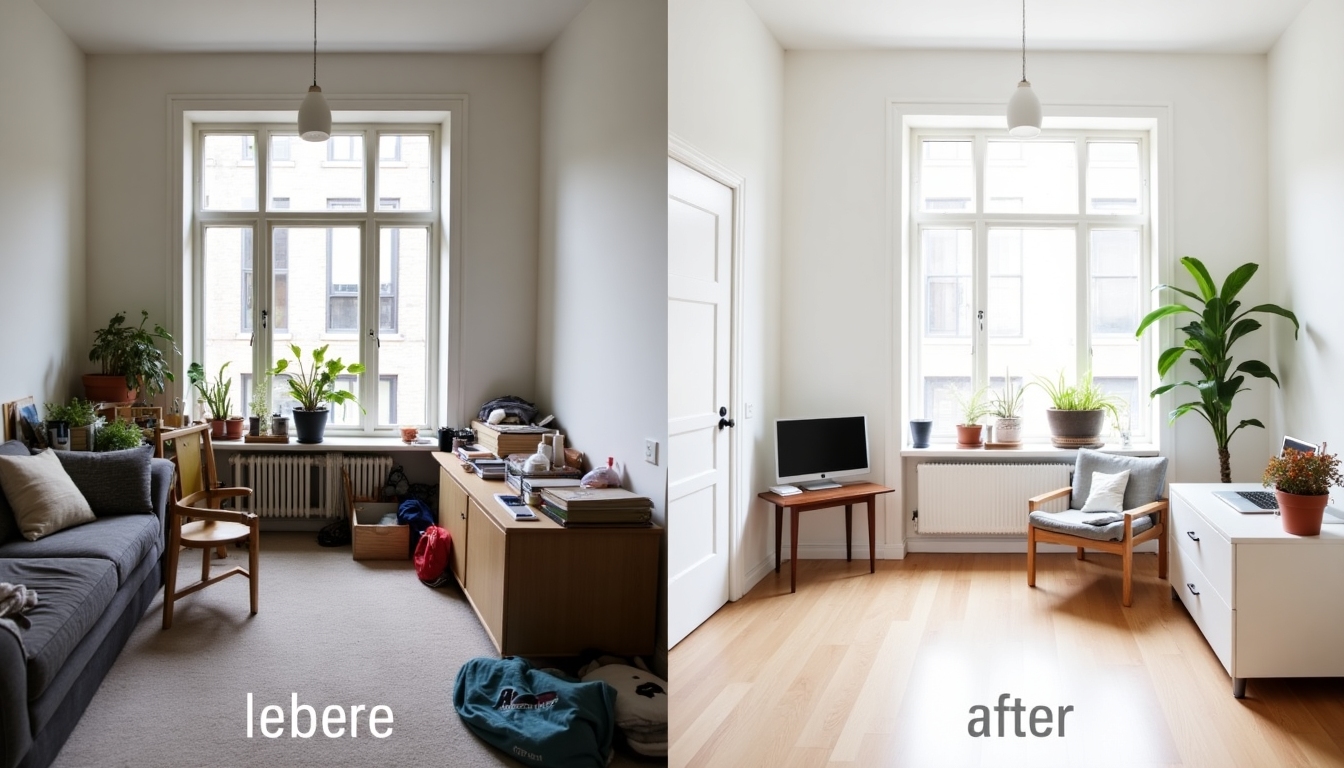Discovering the Art of Design Minimalismus
Design minimalismus is an art form where less truly becomes more. It’s a style that embraces simplicity and functionality, shunning excess and clutter. In a world that's often filled with chaos, minimalismus offers a breath of fresh air, bringing clarity and calm to those who adopt it.

The Essence of Minimalismus
Minimalismus in design isn't about removing elements just for the sake of it. It's about stripping down to the essential components that serve a purpose. This approach is inspired by the principle that "less is more", a notion popularized by architects like Ludwig Mies van der Rohe. By minimizing decorative elements and focusing on core functionalities, designs become timeless, practical, and elegant.
Personal Journey into Minimalismus
Embracing Minimalös
I first encountered minimalismus during my college years, transitioning from chaotic dorm rooms to a more serene, simple setting. The shift was not merely aesthetic; it fostered a mental shift, teaching me to value essence over excess.
Influence in Everyday Life
Over the years, I’ve applied minimalismus in various aspects, from my wardrobe to my digital life. It's remarkable how reducing possessions brings relief, making room for creativity and positivity.

Key Elements of Design Minimalismus
-
Clean Lines: Focus on unbroken, simple lines that guide the eye seamlessly across the design.
-
Open Spaces: Embrace negative space, allowing each element to breathe and stand on its own.
-
Limited Palette: Use minimal colors to create a calming, cohesive look.
-
Purposeful Items: Each item must serve a function to earn its place.
-
Quality Over Quantity: Investing in a few high-quality items rather than cluttering with many.

Implementing Minimalismus in Your Life
Start small, perhaps by decluttering a single room or simplifying your wardrobe. The process should be gradual and personal. Create a Vision:
- What's your ultimate goal?
- Which items bring joy and utility?
- How can spaces be more functional?
Let these questions guide you in curating an environment that truly reflects your values and lifestyle.

Conclusion
Adopting design minimalismus is more than a trend—it’s a lifestyle change that enhances focus and creativity. It teaches valuing experiences over possessions, fostering a refreshing sense of freedom. Whether you're redesigning your home or rethinking your digital presence, minimalismus offers a template for a more meaningful existence.
